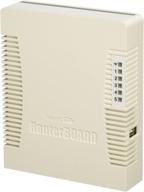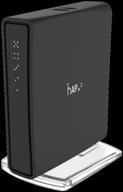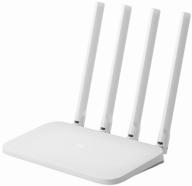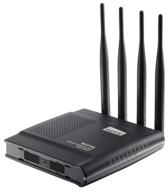
Review on 📶 Cisco-Linksys WRT400N: Advanced Simultaneous Dual-Band Wireless-N Router by Jason Winkfield

The equipment works well; Avoid the Setup Wizard
After much research (and an unsuccessful attempt a year earlier to install a third-party N router that didn't recognize existing adapters), I settled on the Linksys WRT400N 802.11. n to replace the outdated but working Microsoft MN-500 802.11b router. I was impressed with the simultaneous dual-band radios (each with its own SSID, making it effectively two routers in one, one at 5GHz for 802.11a). /n and one at 2.4 GHz for 802.11b/g/n) and Cisco's and Linksys' generally good reputation for networking products. Installation was easy - after I threw away the installation CD. The CD I received was very slightly warped and could not be reliably recognized by my laptop's CD drive. When it finally did, I followed the instructions letter by letter, but the Linksys wizard kept warning me that my router wasn't set up properly and tried again. After three attempts I got out. And have quickly and successfully used my own built-in web-based router management software to configure it (type 192.168.1.1 into your web browser and use the default password 'admin' - no username required - then configure the router; configuration help is validly useful and should suffice even for inexperienced users). Pros: - Stable performance. I haven't had any connection issues after a few days (except noted below when settings were changed). I'm using a cable modem, not DSL, but it seems that Linksys has now addressed the DSL issues by including an FAQ in the installation package that highlights DSL. Area. The range for the 2.4GHz radio was excellent. I live in a four story townhouse and the router is installed on the front wall of the third floor. Every floor gets a very good signal, including an old work desk on the back wall of the first floor. The 5GHz band is smaller, as expected, but still good for 30+ feet on the same floor behind two walls. (I haven't tried 5GHz 802.11n on other floors.) - Compatibility. I have an odd mix of adapters on the network and the WRT400N connecting to them with no problem: 2 TiVo brands 802.11g (connected to two TiVos), ThinkPad laptop with integrated 802.11g, Dell laptop with integrated 802.11g, more integrated in HP 802.11g netbook, 2 desktop Microsoft MN-510 802.11b computers. However, 802.11b adapters sometimes had to reboot when I changed any of the network settings; Newer adapters recover more elegantly by themselves. Disadvantages: - Installation by "master" as mentioned above. When you try to get a replacement CD from Linksys on the product support site, the advertised 491MB replacement disk image only loads a 20-bit ISO file (correctly 20 bytes), which is too small is. Contacting Linksys support via live chat proved useless; They had no idea how to direct me to a real full disk image. I have asked them to escalate the request and maybe by the time you read this they will fix it. - Reset change settings. Whenever you change settings in the router's built-in browser management software and save the changes, the radios are temporarily turned off. This is minor and perhaps inevitable. But it's a little annoying when you're configuring the management software over the same wireless connection, which then turns off after you click Save Settings. However, he is recovering. In general it is recommended. Especially when you're finally upgrading an old wireless network and have a lot of outdated adapters.
- I'm looking forward to
- Interval
New products
Comments (0)
Top products in 📶 Wifi Routers
Another interesting products
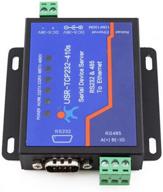
🔌 USR-TCP232-410s: RS232/RS485 Serial to Ethernet Adapter/IP Device Server with DHCP/DNS Support

4 Review
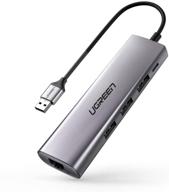
UGREEN USB 3.0 Ethernet Adapter Hub with RJ45: Fast Gigabit Ethernet Converter, 3 Ports USB 3.0 Hub Compatible for MacBook, iMac, Surface Pro, Chromebook, Laptop, PC

11 Review
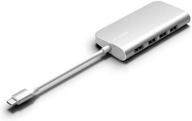
🔌 Juiced Systems Silver BizHUB USB-C Multiport Gigabit HDMI Hub with 3 USB 3.0 Ports, Gigabit Ethernet, 4K HDMI, SD/Micro SD, and USB-C Power Delivery

11 Review
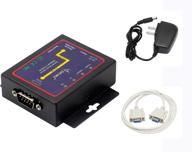
🔌 CERRXIAN RS232 to Ethernet Serial Device Server - TCP/IP Converter with 1Port DB9 RS232 Serial to Ethernet Connectivity

3 Review


